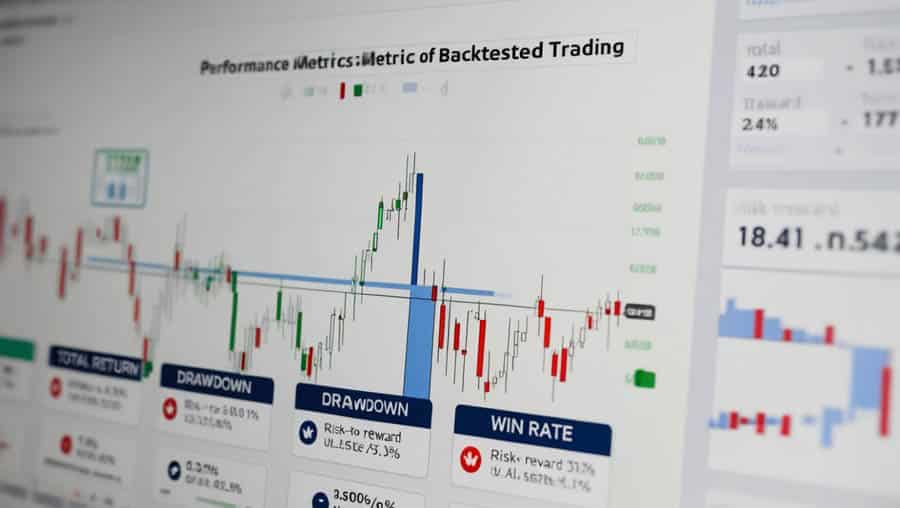In financial markets, high-frequency data analysis has become a crucial research method, especially when it comes to making trading decisions and analyzing microstructure. We’ve already explained the concept of tick data in detail in a previous article, and understanding the different types of tick data is equally important for conducting high-precision market analysis. So today, we’re introducing the various types of high-frequency data and their respective applications.
Quote Data vs. Trade Data
Trade data is relatively straightforward. For example, in the stock market, every single transaction is executed on an exchange, and the exchange precisely records the transaction data and compiles it into what we call tick data, which can then be simplified into candlestick (K-line) charts. This data represents the exact transaction price and volume of a stock at a particular moment. In other words, when you look at tick data from the stock market, you’re seeing the actual results of completed trades. Each “tick” represents the execution of a trade, including the price and quantity. This transparent data allows analysts and traders to accurately assess the real value of a stock and make trading decisions based on that information.
Unlike the stock market, the foreign exchange (forex) market relies on quote data. There are no real transactions occurring behind these quotes—they merely represent the prices at which market makers are willing to buy or sell. The forex market is decentralized, meaning there is no centralized exchange to record all transactions; it’s considered an over-the-counter (OTC) market. In forex, trading happens directly between participants such as large banks, financial institutions, and individual investors. As a result, forex market data is mainly based on quotes rather than actual transaction prices. These quotes are provided by market-making firms that offer a range of bid and ask prices. These prices reflect the levels at which market makers are willing to buy or sell currency pairs, though the actual execution price may differ.
Market maker quotes provide liquidity to the market, allowing traders to buy or sell currencies at any time. However, this also means that forex traders must rely on these quotes to estimate market prices rather than actual trade data. This structure introduces a degree of uncertainty in pricing, particularly during periods of high market volatility. The spread between bid and ask prices can widen significantly, affecting trading costs and the effectiveness of certain strategies.
Full vs. Partial Recording
Based on the completeness of the recorded data, tick data can be categorized into full recording and partial recording. Full recording means the exchange logs every single trade and every quote change in detail. This includes the time, price, volume, and the quotes from both the buy and sell sides. This comprehensive recording provides extremely high market transparency, offering investors and analysts a rich dataset. Some major international exchanges, such as the New York Stock Exchange (NYSE) and the Chicago Board Options Exchange (CBOE), use this approach. If there’s any downside to full recording, it’s that the databases can become extremely large and difficult to organize and clean.
In contrast, partial recording is less detailed. With partial recording, if the price of the current trade is the same as the previous one, it is not recorded separately. Only when the price changes—either up or down—is a new entry recorded. Exchanges like the Chicago Board of Trade (CBOT) and the Chicago Mercantile Exchange (CME) use this method. This approach emphasizes price movements, and for certain assets or trading strategies, it may already be sufficient. It also results in a more streamlined dataset, making storage and management significantly easier.
Free Trial of AllTick High-Frequency Data

AllTick is a professional high-frequency data provider, offering comprehensive and real-time high-frequency data APIs for US stock CFDs, Hong Kong stock CFDs, commodities, and cryptocurrencies. Our products are designed specifically for exchanges, developers, research institutions, and fund managers, and come with detailed API documentation. Sign up now to get a free trial access! If you have any questions, feel free to contact our customer support via Telegram.






